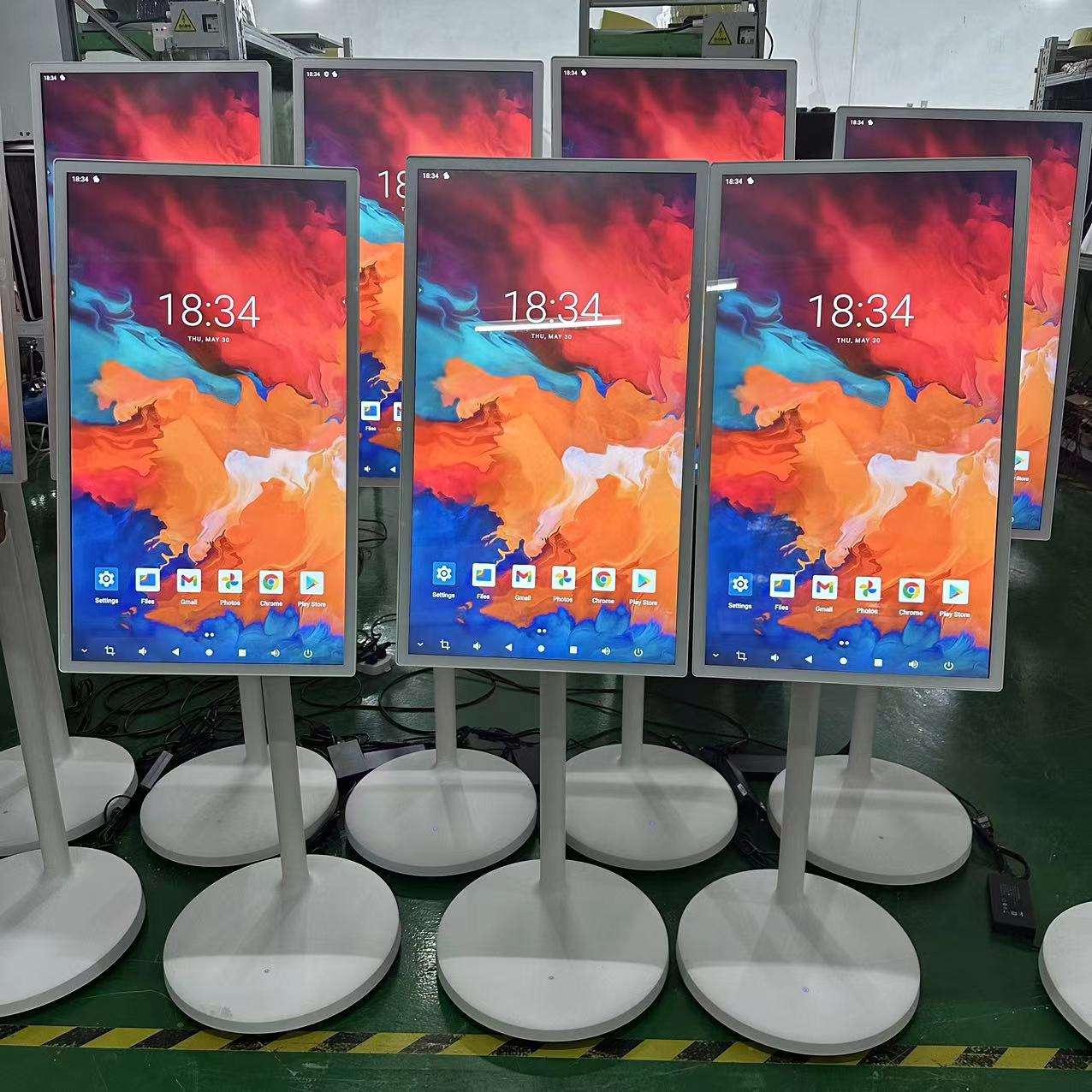Is Indoor Digital Signage the Future of Engaging Customer Experiences?
2024-12-17
In today’s fast-paced, technology-driven world, businesses are constantly seeking innovative ways to engage customers, communicate effectively, and create memorable experiences. One such solution that has gained significant popularity in recent years is indoor digital signage. But what exactly is it, and how can it transform customer experiences? Is indoor digital signage truly the future of business communication?
In this blog, we’ll dive into the concept of indoor digital signage, explore its benefits, and examine how it’s revolutionizing industries across the globe.
What is Indoor Digital Signage?
Indoor digital signage refers to the use of digital displays, such as LED, LCD, or projection screens, to convey information, advertisements, or entertainment to an audience within indoor spaces. These displays are often found in high-traffic areas like shopping malls, airports, restaurants, hotels, corporate offices, and retail stores. They can show a variety of content, including videos, images, text, or live feeds, designed to capture attention, inform, and entertain.
What sets digital signage apart from traditional static signage is its dynamic nature. Content can be updated in real-time, allowing businesses to deliver timely and relevant information, such as promotions, announcements, and news updates. The interactive aspect of some digital signage systems also enables customers to engage directly with the displays, creating an immersive and personalized experience.
How Does Indoor Digital Signage Enhance Customer Experience?
#1. Captivating and Dynamic Content
Traditional signage, while effective in certain contexts, can be static and easily overlooked by passersby. Indoor digital signage, on the other hand, offers the opportunity to display captivating and dynamic content that attracts attention and keeps customers engaged. Whether it’s a digital menu board, a promotional video, or interactive wayfinding, digital signage can continuously refresh content, ensuring that visitors are always exposed to something new and exciting.
With the ability to display high-quality visuals and videos, digital signage captures the audience’s attention in a way that static signage simply cannot. This creates a more engaging and memorable experience for customers, increasing the likelihood of them taking action, whether it’s making a purchase, learning about a service, or exploring a store.
#2. Real-Time Updates and Customization
One of the most powerful advantages of indoor digital signage is its ability to provide real-time updates. Unlike print materials, which can take time to produce and distribute, digital signage can instantly change to reflect current promotions, sales, or important messages. For example, a restaurant can update its digital menu board to reflect a daily special or a store can showcase limited-time discounts on a rotating basis.
In addition, digital signage allows for a high degree of customization. Businesses can tailor the content based on time of day, location, or audience. For example, a retail store could show different content in the morning, during peak shopping hours, and in the evening to better align with customer behavior. This level of customization ensures that the message remains relevant and impactful.
#3. Enhanced Interactivity
Interactive digital signage takes customer engagement to the next level. With touch screens, motion sensors, and integration with mobile apps, businesses can offer interactive experiences that encourage customers to engage with the content. This might include self-service kiosks for ordering food, wayfinding maps in large shopping malls, or digital product catalogs in retail stores.
Interactive displays also offer a wealth of opportunities for businesses to gather valuable customer data, such as preferences, interests, and behavior. This information can be used to tailor the customer experience even further and create more personalized, targeted content that resonates with individual visitors.
#4. Improved Navigation and Wayfinding
Indoor spaces such as malls, airports, and large corporate buildings can be challenging to navigate. Digital signage provides an effective solution by offering clear and easy-to-follow wayfinding systems. Digital directories, interactive maps, and signages help customers find their way around, saving them time and frustration. In airports, for example, digital signs can provide real-time flight information, directions to terminals, and baggage claim locations, making the travel experience smoother and more enjoyable.
#5. Increased Brand Visibility and Consistency
Indoor digital signage provides an excellent opportunity to enhance brand visibility. Through digital displays, businesses can showcase their brand messaging, logos, and visuals in high-quality formats that catch the eye. Whether in a retail environment or an office building, digital signage reinforces a brand’s presence and helps create a cohesive experience for customers.
Moreover, businesses can ensure that their messaging is consistent across multiple locations. Whether it’s a retail chain with stores in different cities or a global corporation with offices worldwide, digital signage allows companies to keep their brand presentation uniform and synchronized across all touchpoints.
Industries Benefiting from Indoor Digital Signage
#1. Retail
Retail stores have been among the early adopters of digital signage. From promoting new products to showcasing sales and discounts, digital signage helps retailers capture customer attention and boost sales. Interactive kiosks also enable customers to browse product information, make purchases, or check out reviews, enhancing the overall shopping experience.
#2. Hospitality
Hotels and resorts use digital signage to improve guest experiences by offering information about amenities, events, and local attractions. In hotel lobbies, digital screens can display dynamic content such as check-in instructions, weather updates, or special offers, all helping to create a welcoming and engaging atmosphere.
#3. Corporate Offices
In corporate offices, digital signage can be used for internal communication, such as displaying company news, upcoming events, or announcements. It can also be used for wayfinding and directions, especially in large office buildings or campuses. By using digital signage, companies can improve employee engagement and foster a connected, informed workforce.
#4. Healthcare
Hospitals and healthcare facilities have found digital signage to be a valuable tool for guiding patients and visitors through large medical campuses. Digital signs can display information about departments, waiting times, and appointment schedules. Interactive signage can also provide valuable health information and updates in waiting areas.
#5. Education
Educational institutions use indoor digital signage to share important announcements, class schedules, and campus news with students, faculty, and staff. Digital signage can also be used for interactive learning displays or event promotions in common areas like cafeterias, hallways, and libraries.
Conclusion: The Future of Indoor Digital Signage
As technology continues to evolve, indoor digital signage is poised to become an essential part of the customer experience. Its ability to offer dynamic, real-time content that engages audiences and enhances brand visibility is unmatched by traditional signage. Whether you’re in retail, hospitality, healthcare, or any other industry, investing in digital signage offers endless possibilities for improving customer interaction, increasing engagement, and staying ahead of the competition.



